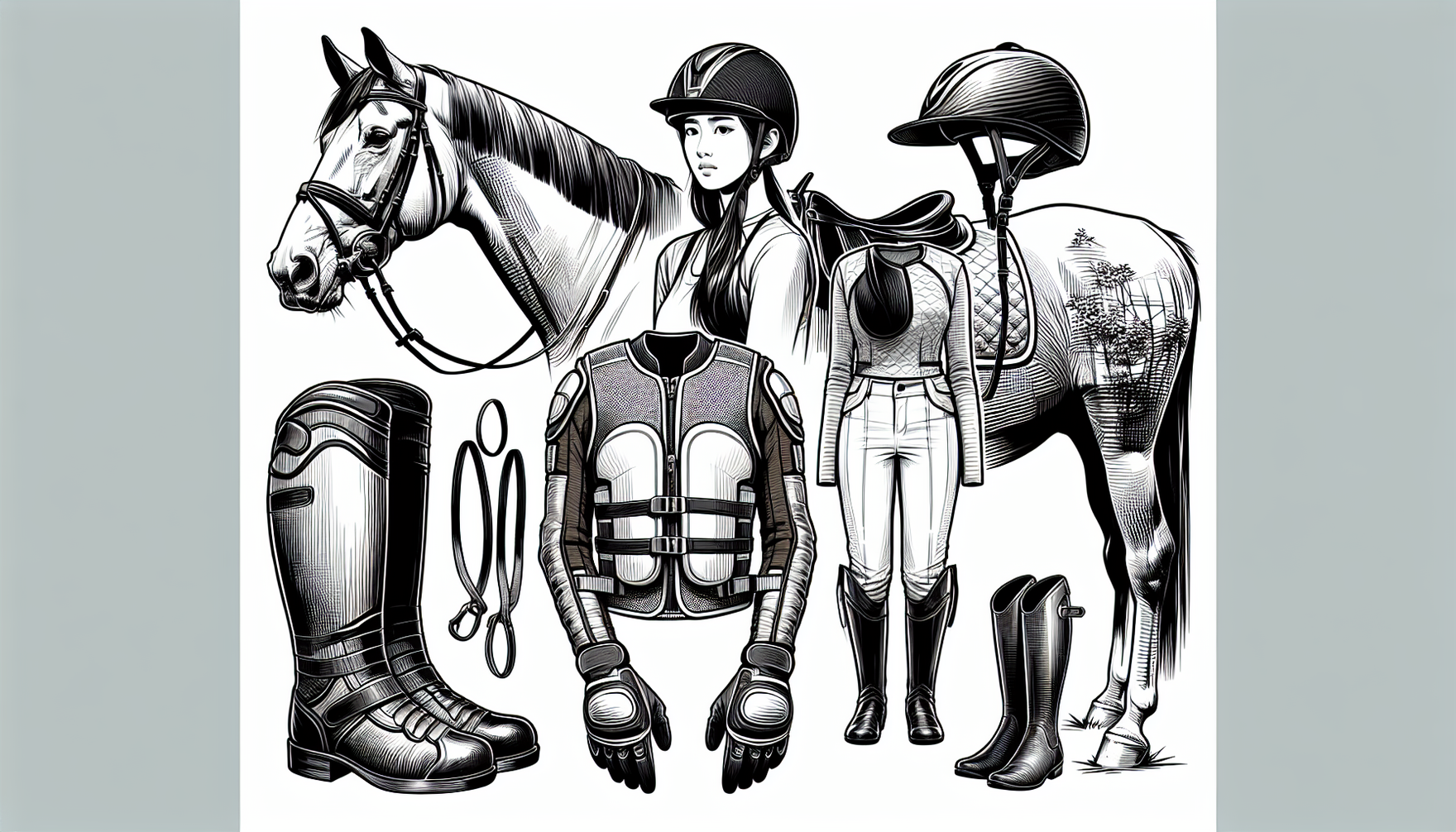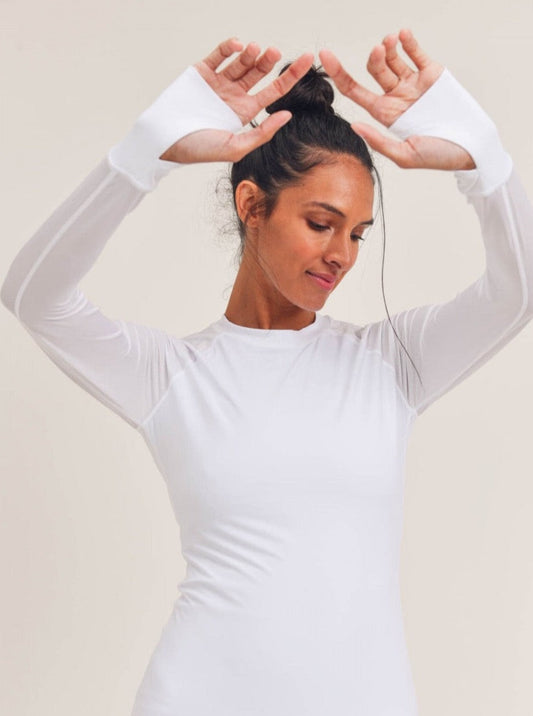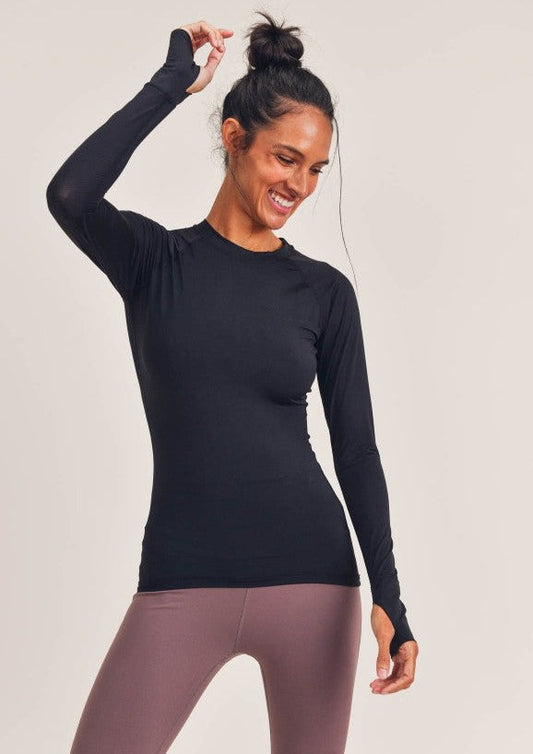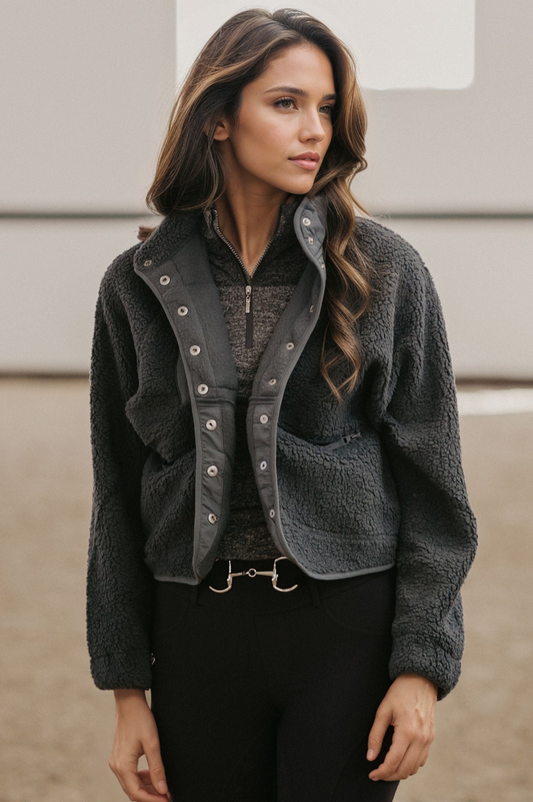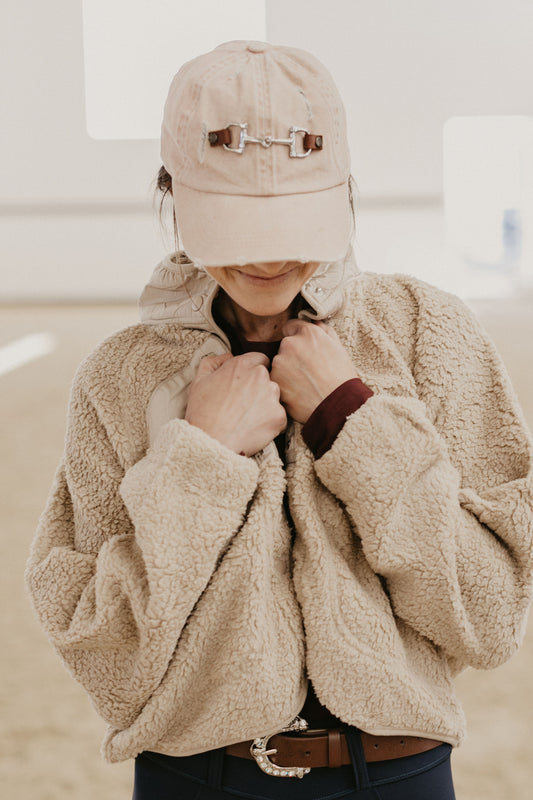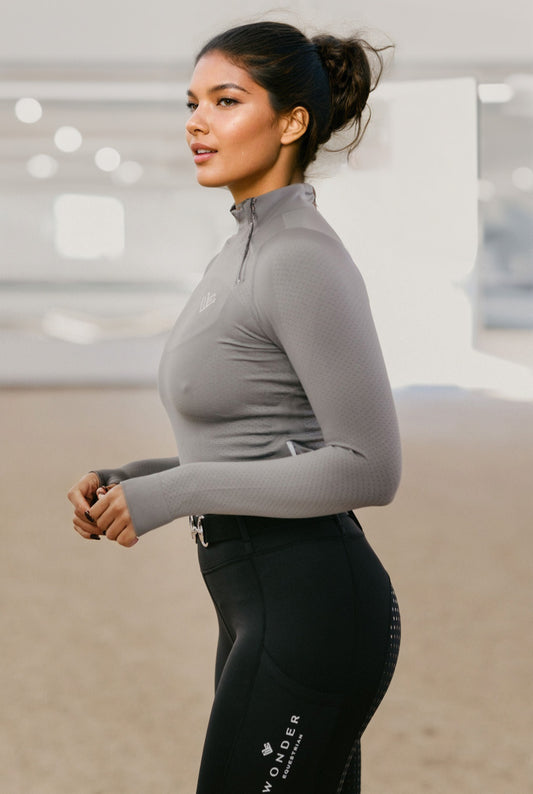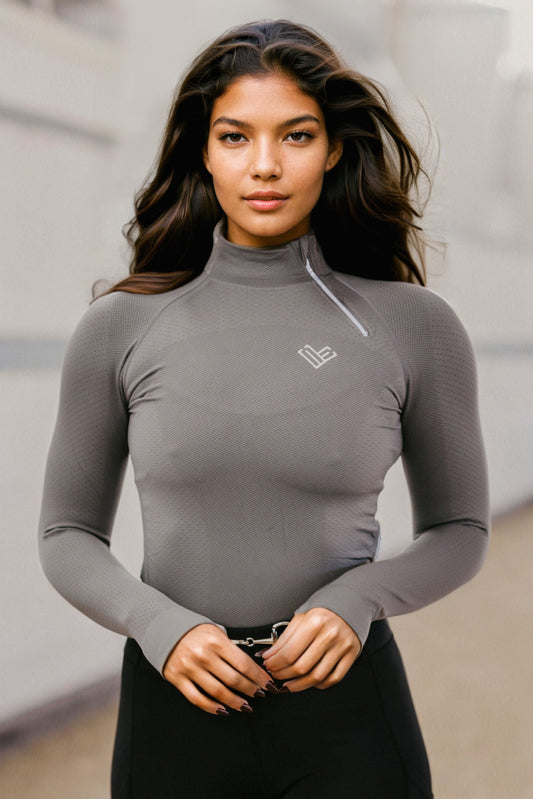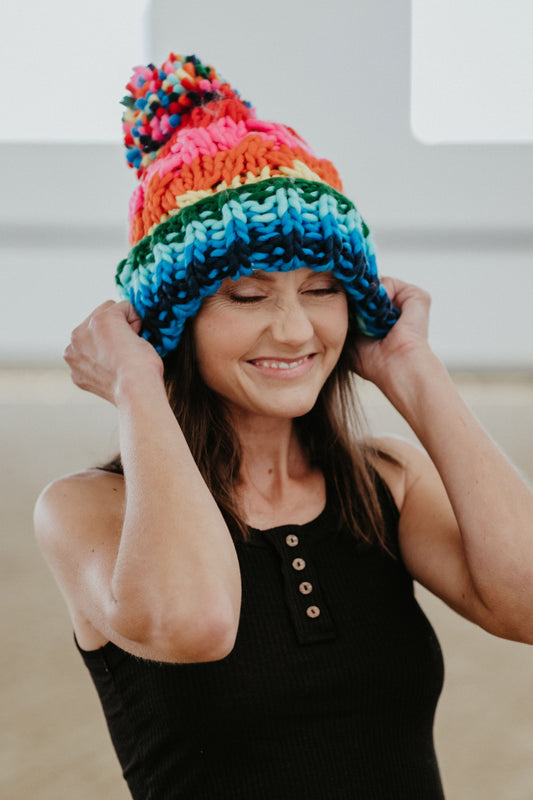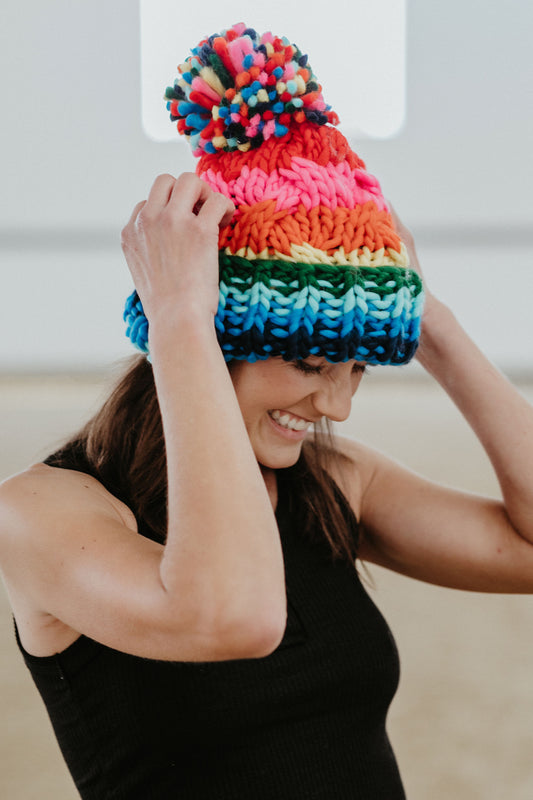Equestrian Safety Essentials: Gear Up for a Safe Ride
Riding a horse can be an exhilarating experience, offering both physical and psychological benefits. However, like any sport involving speed and animals, equestrian activities come with their share of risks. To minimize these risks and ensure a safe and enjoyable experience, every rider should be equipped with essential safety gear. Here, we delve into the critical pieces of equipment that form the cornerstone of equestrian safety.
Helmet
The paramount piece of safety equipment for any equestrian is a well-fitting helmet. A fall from a horse can happen unexpectedly, and a helmet is your best defense against head injuries. When selecting a helmet, ensure it meets current safety standards set by organizations such as ASTM International or the British Standards Institution. It should fit snugly without being too tight, and always secure it with the chin strap before every ride.
Body Protector
A body protector is a vest that absorbs impact and distributes pressure over a larger area of the body in the event of a fall. It's particularly advised for cross-country riding, jumping, or when riding a young or unpredictable horse. Modern body protectors are designed to be lightweight and flexible, providing a balance of protection and comfort. Ensure it fits correctly, covering your torso while allowing full range of motion.
Boots and Chaps
Proper footwear is essential for safety and comfort while riding. Boots should have a low heel to prevent the foot from slipping through the stirrup, and a smooth sole allows for easy dismounting in an emergency. Paired with boots, chaps or half-chaps can protect the rider's legs from chafing, help improve grip on the sides of the horse, and offer additional protection in case of a fall or when walking through brush.
Gloves
Gloves not only protect your hands from blisters but also provide better grip on the reins, which is crucial for controlling your horse, especially in wet or cold conditions. Look for gloves specifically designed for equestrian use, as they offer the right balance between grip and sensitivity.
High Visibility Clothing
When riding near roads or in areas where hunters may be present, high visibility clothing can be a lifesaver. Brightly colored vests, leg bands, and even reflective tack for your horse can help ensure you are seen. This simple precaution is easy to take and should not be overlooked, especially during the darker months of the year.
Emergency ID
Carrying some form of identification is wise, particularly if you ride alone. In the event of an accident, emergency responders will be able to identify you and access your medical history quickly. This can be something as simple as an ID bracelet or a card in your pocket.
Final Thoughts
While no gear can guarantee absolute safety, proper equipment significantly reduces the risk of severe injury. It's worth investing in high-quality safety gear and ensuring it's always used correctly. Remember, the goal is to enjoy the ride with peace of mind, knowing you have taken all necessary precautions to protect yourself. Happy and safe riding!
Shop Wonder Equestrian
